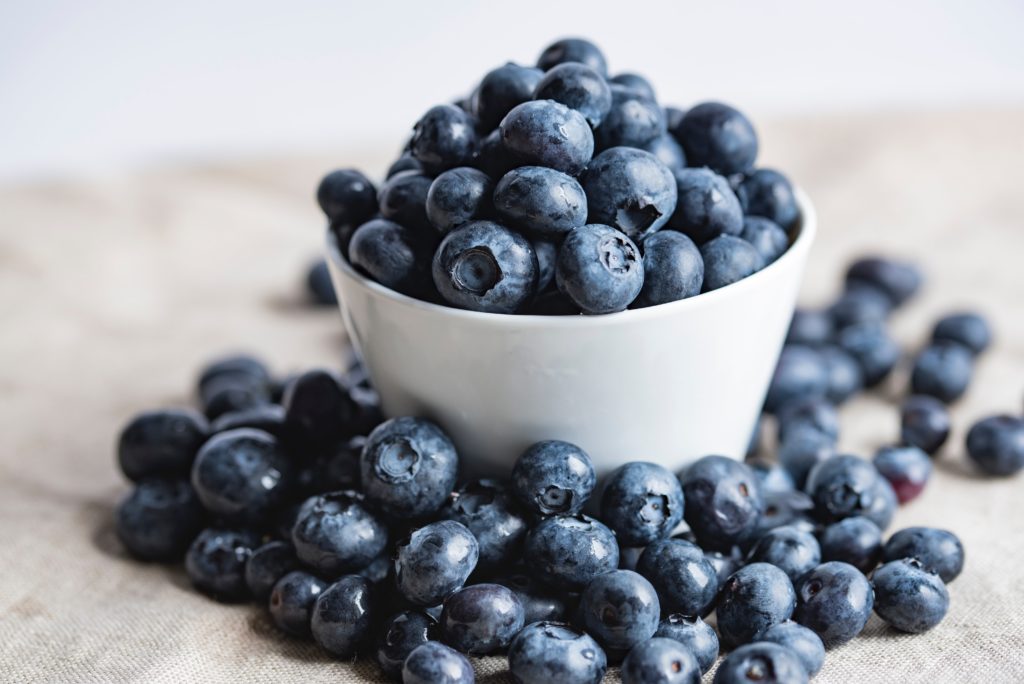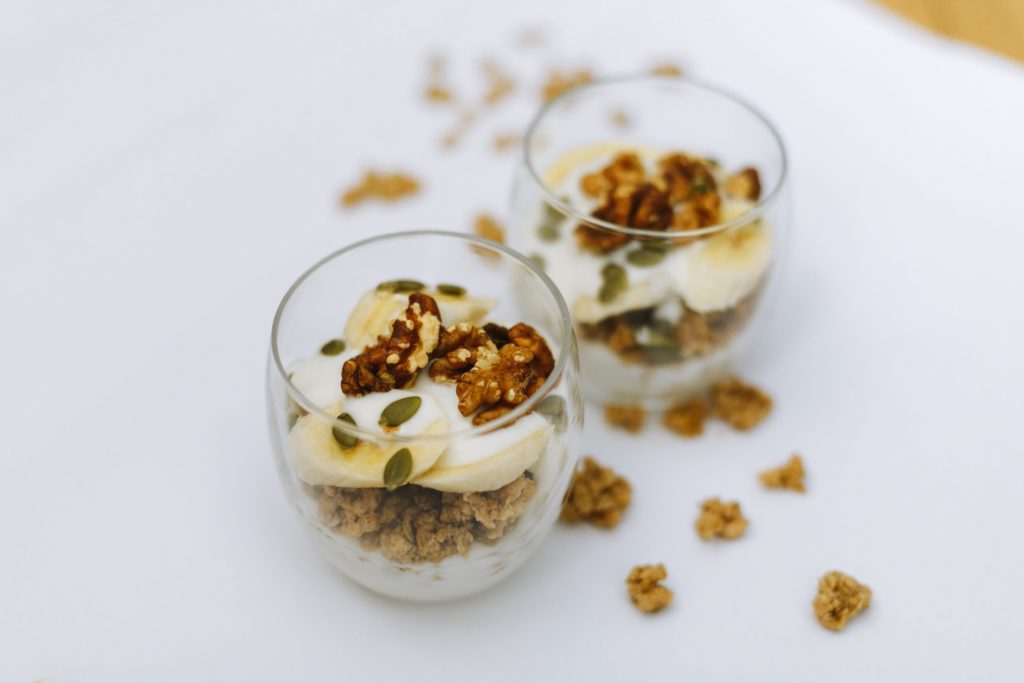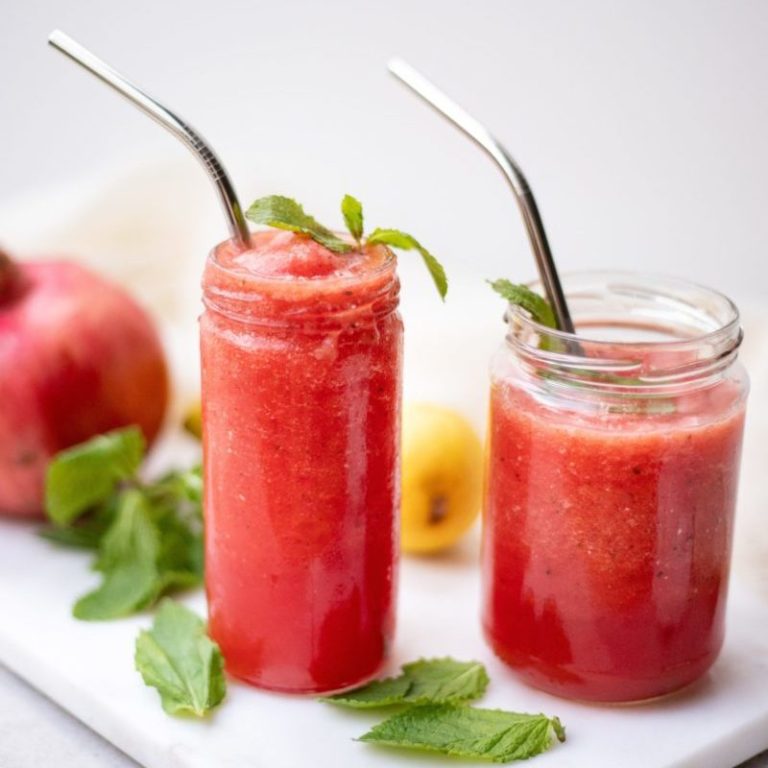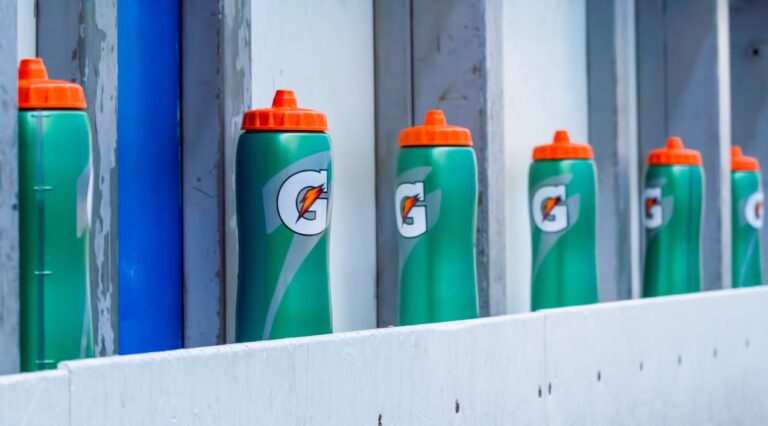Do you ever wonder why some days you feel like you’re able to push yourself to new limits, while other days you totally tank? There are many factors that influence this, but recovery from your last workout session is a major factor. If you’re working out most days of the week (or doing two-a-day workouts), recovery nutrition becomes critical. But if you’re like me, you might be getting sick of the ol’ protein powder and banana combo.
Enter: my top foods for recovery from exercise.
And no, protein powder did not make the list (not that I have anything against protein powder, but sometimes nice to eat real food, right?!)
Top foods (you may not have thought of) for recovery from exercise
1. Watermelon
Watermelon is a good source of a non-essential amino acid called L-citrulline. L-citrulline can increase the use of amino acids (protein building blocks) during exercise. It can also increase nitric oxide production (the same reason beets are great for improving exercise performance). One review (here) found that taking L-citrulline about 1 hour prior to exercise significantly decreased the perceived rate of exertion and also decreased muscle soreness. Is eating watermelon exactly the same as taking a supplement? Likely not. However, watermelon juice will provide a more concentrated form (along with the added benefits of some carbs to fuel your workout!)
Bottom line: Make your own watermelon juice as a pre-workout drink 1 hour before your workout. Blend up a seedless watermelon and add a few spoonfuls of freshly squeezed lime juice. Super easy (and refreshing!).

2. Blueberries
This little berry packs a powerful punch of antioxidants called anthocyanins. Anthocyanins provide protection against damage in the body’s cells, and much research has looked at their role in exercise recovery. While concentrated antioxidants in supplement form can help reduce muscle soreness, they may also hinder training adaptations if taken long-term. For this reason, taking supplements long-term is cautioned against. However, including anthocyanin rich foods as part of your recovery plan will not have the same potency, but may still confer some of the same benefits (see here).
Bottom line: Include a serving of blueberries or blueberry juice after exercise to help reduce muscle soreness and improve muscle recovery.

3. Tart cherry juice
Tart Montmorency cherries can reduce muscle soreness and have a positive effect on exercise recovery (see here). This is especially important in times of heavy training or competition. Cherries also provide a source of melatonin and can help improve sleep quality (see here). You can opt for eating the actual cherries themselves, but the juice provides a much more concentrated option. Read this blog post written by Dr Glyn Howatson at mysportscience, for more detailed information about the benefits of tart cherry juice.
Bottom line: During heavy training or competition, take 60 mls of concentrated tart cherry juice before bed to help with muscle soreness and improved sleep.
4. Greek yogurt
No surprise that protein is essential in muscle recovery. Protein powders abound in gym locker rooms. But for muscle recovery, real food options can be just as effective as protein powder. Greek yogurt is strained when it is processed, so the solids are concentrated, leaving a thicker, and higher protein, yogurt. What makes Greek yogurt perfect for recovery is that 1 cup contains 2 grams of leucine. Leucine is the branched chain amino acid thought to be most important in triggering muscle re-building after exercise (see here).
Bottom line: Instead of a protein shake after a workout, try 1 cup of Greek yogurt (add some berries & walnuts for a stellar recovery snack!)

5. Walnuts
Studies have found that omega-3 supplements reduce muscle soreness if taken after exercise (see here, here, and here). However, with a foods first approach in mind, try to incorporate some food sources of omega-3!
There are different types of omega-3’s. The type that is best absorbed and used in the body is the form that comes from fatty fish and algae sources. If you feel like eating a piece of salmon right after a workout, go for it! If not, walnuts are a great plant-based option to get some omega-3’s in a quick post-workout snack.
A quarter cup of walnuts (about 14 walnut halves) contain about 2.5 grams of omega-3, which is similar to a 4 ounce piece of salmon. Although plant-based sources of omega-3 are not as well absorbed as those from fish sources, you will still derive some omega-3. To ensure you are getting enough omega-3’s, also try to consume fatty fish a few times per week. If you’re not a fish lover, consider a fish-oil or algae (vegan) omega-3 supplement.
Bottom line: Include ¼ cups walnuts in your diet several times per week after your workout.
Why include these top foods for exercise recovery?
Recovery nutrition is key to high quality training. Eating whole food provides nutrients that work synergistically to promote optimal recovery. Protein and carbs are still key, but there are many other players in the band that also keep the body running in top form.
Do you want to use nutrition to get fitter, faster, and stronger?! Contact us to set up a free clarity call to chat about your goals – we’d love to hear your story and see how we can work together.
Take it one bite at a time,
Cara






